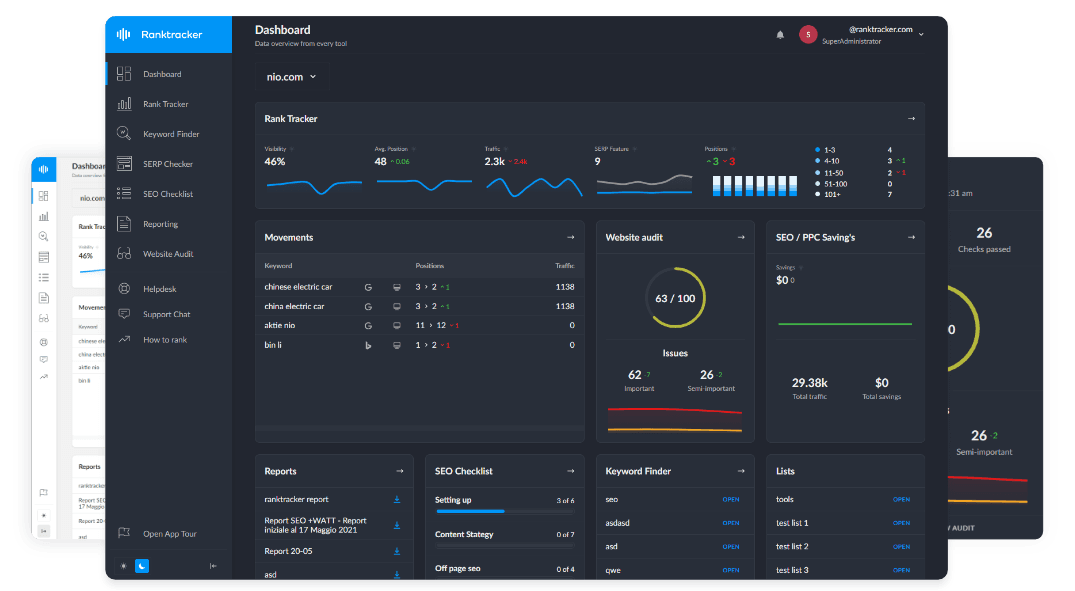Intro
A topical map is essential for organizing content in a structured way that improves search engine understanding, user experience, and rankings. However, many websites make critical errors that dilute topical authority, confuse search engines, and impact SEO performance.
Why Avoiding Topical Mapping Mistakes Matters:
- Ensures search engines can correctly categorize and rank content.
- Prevents ranking dilution and keyword cannibalization.
- Strengthens internal linking and logical content flow.
Common Topical Map Mistakes to Avoid
❌ 1. Covering Unrelated Topics Within a Cluster
- A topical map should maintain strict topical relevance.
- Example:
- Wrong: A page on "Technical SEO" covering "Social Media Marketing Trends."
- Right: "Technical SEO" linking to "Core Web Vitals Optimization" and "Site Architecture."
❌ 2. Keyword Cannibalization Across Multiple Pages
- Avoid creating multiple pages targeting the same keyword with slight variations.
- Example:
- Wrong: "Best SEO Tools for Beginners" & "Top SEO Tools for Beginners" competing for the same query.
- Right: One page covering "Best SEO Tools for All Experience Levels."
❌ 3. Poor Internal Linking Strategy
- Internal linking should support content hierarchy and logical progression.
- Example:
- Wrong: A post on "Local SEO" linking to "Best Email Marketing Strategies."
- Right: "Local SEO" linking to "Google My Business Optimization" and "Local Citation Building."
❌ 4. Not Covering a Topic Fully (Thin Content)
- Google prefers comprehensive coverage of a subject.
- Example:
- Wrong: A short blog post on "Technical SEO" covering only basic concepts.
- Right: A detailed guide covering "Crawling & Indexing," "Page Speed Optimization," and "Schema Markup."
❌ 5. Ignoring User Search Intent in Content Structure
- Ensure each piece of content aligns with search intent (informational, navigational, transactional).
- Example:
- Wrong: A blog titled "What is SEO?" with a hard sell for SEO software.
- Right: "What is SEO?" remains educational, while "Best SEO Software for Beginners" is commercial.
❌ 6. Creating Too Many Low-Value Pages
- Focus on quality over quantity to maintain strong topical authority.
- Example:
- Wrong: Dozens of short, overlapping posts on "SEO Keyword Research."
- Right: One comprehensive guide with sub-sections on "Keyword Difficulty," "Search Volume," and "Competitor Analysis."
❌ 7. Failing to Update & Expand the Topical Map
- SEO evolves—your topical map should too.
- Example:
- Wrong: An outdated "SEO Trends 2021" guide that hasn't been updated.
- Right: Refreshing "SEO Trends" yearly with new data and updates.
❌ 8. Lack of Schema Markup for Search Clarity
- Structured data helps search engines interpret topical relationships.
- Example:
- Wrong: A "Best SEO Tools" page with no structured data.
- Right: Product Schema implemented for tool comparisons, pricing, and reviews.
How to Fix Topical Map Mistakes & Improve SEO
✅ 1. Create a Structured, Logical Content Hierarchy
- Organize pillar pages, supporting topics, and subtopics systematically.
- Example:
- Pillar Page: "SEO Strategies"
- Clusters: "On-Page SEO," "Off-Page SEO," "Technical SEO."
✅ 2. Strengthen Internal Linking Between Related Topics
- Use contextual linking to reinforce topic relationships.
- Example:
- "Ecommerce SEO" should link to "Product Page Optimization" and "Site Speed for Ecommerce."
✅ 3. Monitor Keyword Cannibalization & Merge Duplicate Content
- Use Google Search Console & Ranktracker’s Keyword Finder to identify competing pages.
✅ 4. Optimize for Search Intent Across All Content
- Align each page with its primary intent (informational, transactional, or navigational).
✅ 5. Use Structured Data to Define Content Relationships
- Implement FAQ Schema, Article Schema, and Product Schema where applicable.
Tools to Audit & Improve Your Topical Map
- Google Search Console – Identify ranking conflicts and search intent mismatches.
- Ranktracker’s SERP Checker – Analyze content hierarchy and keyword performance.
- Ahrefs & SEMrush – Monitor keyword cannibalization and backlink distribution.
Conclusion: Avoiding Topical Mapping Pitfalls for SEO Success
A well-structured topical map improves search visibility, content hierarchy, and SEO rankings. By avoiding keyword cannibalization, irrelevant linking, and thin content, websites can establish strong topical authority and outperform competitors.

